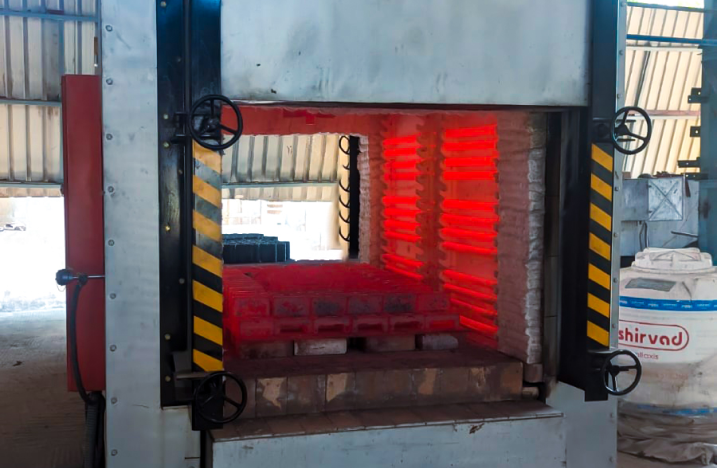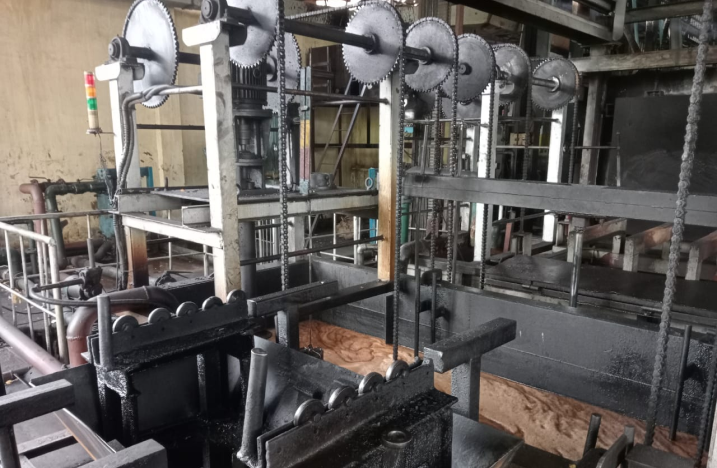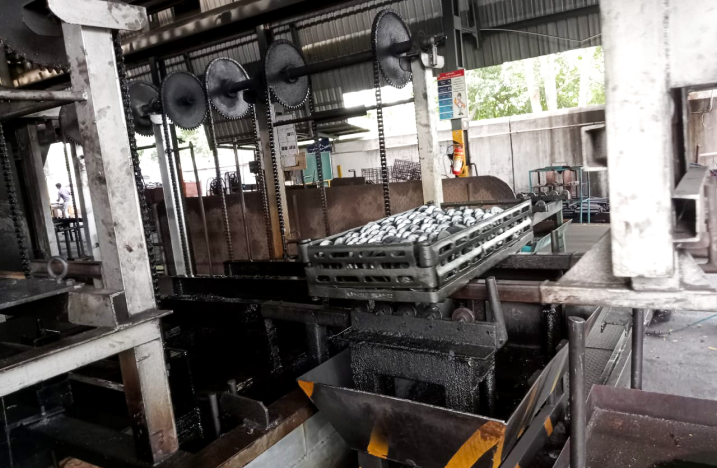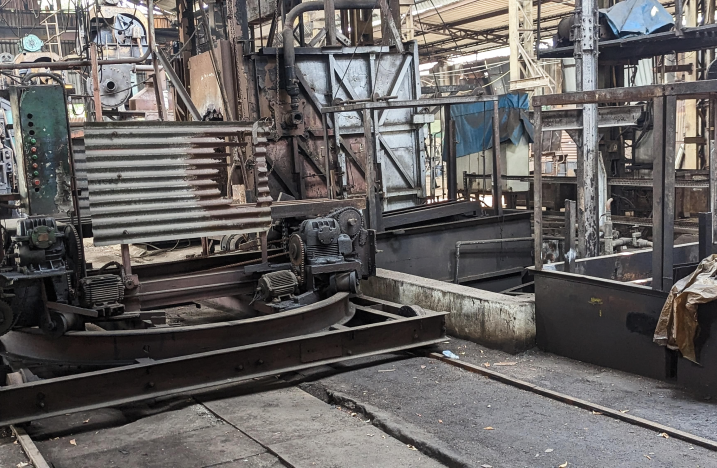

Common types of heat treating methods include annealing, hardening, quenching, and stress relieving, each of which has its own unique process to produce different results.
Annealing is a heat treatment process used to modify the microstructure of a metal to improve its ductility while reducing internal stress and overall hardness. This allows the material to be more easily shaped without cracking. This process is particularly useful for steels, which can be too hard or brittle for forming processes.
The annealing process involves heating metal to a temperature at which the crystalline structure becomes fluid, but the metal remains in a solid form. The metal is held at this temperature, which allows for any defects in the material to repair themselves. The metal is then allowed to cool back to room temperature at a slow pace to produce a more ductile crystalline structure.
Hardening heat treatments are used to enhance the hardness of the metal’s surface through heating and rapid cooling. The material is heated in a hardening furnace to a temperature that transforms its internal structure without melting it. The metal is then held at this temperature for one hour per every inch of thickness, followed by rapid cooling. The quick cooling process establishes a harder, more stable crystalline structure.
Quenching refers specifically to heat treatments that rely on rapid cooling of the metal to achieve the desired physical or mechanical properties. Heated materials are often cooled in oil, but can also be quenched using air, water, and brine, depending on the material and desired qualities.
As with other heat treating processes, the metal is heated to a point below the melting point where the crystalline structure is fluid. It is held for a specific period of time, depending on the desired properties, and then quenched in one of the abovementioned media to reduce the temperature of the material and establish the required internal structure.
Stress relieving processes involve heating the material above the point where the internal structure transforms and then air cooling it at a particular rate. This process allows the structure to become more stable, reducing internal stress and enhancing the strength and hardness of the metal. It is particularly useful for metals that have been subject to stress-inducing forming processes, such as machining, straightening, and rolling.






Set up as an ancillary to the Enfield group in Dec 1964, to meet the growing need for high quality forgings, commenced production in 1965. Gradually forged ahead to become a name to reckon with in the forging space.
Get startedOur Social Media Pages
Copyright © 2024 All Rights Reserved By Unity Forge | Designed By Sundar Infographic Analytics